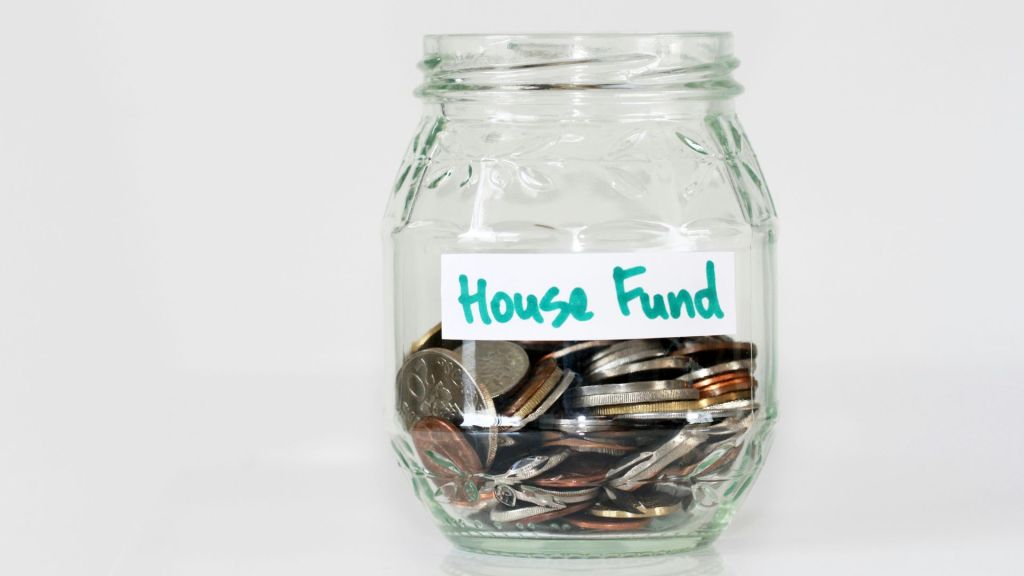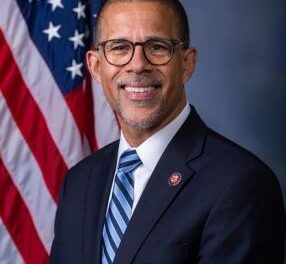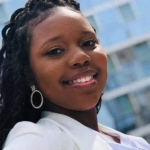Bank of America – Financial Planning Month
By Janet Currie
Special to the AFRO
Financial education is integral to workforce readiness and overall life skills success, which is why it’s important for young people to understand financial basics, especially by the time they enter the workplace. Whether their goal is to manage their first paycheck, build savings and credit, own a home, start a business, or make a difference in the community, financial education and resources can help young people get on the path to achieve those goals.

The good news is there are helpful and free resources available for every stage of financial lives. One example is Bank of America’s Better Money Habits®, a free online platform of easy-to-understand tools and content, in both English and Spanish, to help people understand their money, make confident choices, and improve their financial health. As we get back into the school year, the curriculum is also offered by local Bank of America bankers to nonprofits and schools, bringing this important content directly to those who can benefit most.
So, what do students and young adults need to know most? Usually, it’s all about budgeting. Here are six steps to help young people create a budget:
- Calculate your net income. The foundation of an effective budget is your net income, which is take-home pay. Focusing on your total salary instead of net income could lead to overspending because you may think you have more available money than you do.
- Track your spending. Once you know how much money you have coming in, the next step is to figure out where it is going. Tracking and categorizing your expenses can help you determine where you are spending the most money and where it might be possible to save.
- Set realistic financial goals. Make a list of your short- and long-term financial goals. Short-term goals should take around one to three years to achieve and might include things like setting up an emergency fund or paying down credit card debt. Long-term goals, such as saving for retirement, may take decades to reach.
- Make a plan. List your fixed expenses, or regular monthly bills such as rent or car payments, as well as your variable expenses, which change from month to month on such things like groceries and entertainment.
Use the expenses you compiled to get a sense of what you will spend in the coming months. Then compare that to your net income and priorities. Consider setting specific—and realistic—spending limits for each category of expenses.
- Adjust your spending to stay on budget. Now that you have documented your income and spending, you can make any necessary adjustments so that you don’t overspend and have money to put toward your goals. Look toward your “wants” as the first area for cuts as opposed to your needs.
- Review your budget regularly. Once your budget is set, you should review it and your spending on a regular basis to be sure you are staying on track.
To help youth and their families strengthen their financial knowledge, Bank of America bankers in Maryland also deliver virtual and in-person Better Money Habits curriculum and financial guidance across local communities. We work with partners like Maryland Food Bank, Back on My Feet, and Helping Up Mission, among others, to tailor the content and teach families and community members to take control of their finances.
The world can be an exciting place filled with opportunities for our youth, but we must provide the know-how and tools to help them get there.
Janet Currie is the president of Bank of America, Greater Maryland.
The post Starting financial education early appeared first on AFRO American Newspapers.












